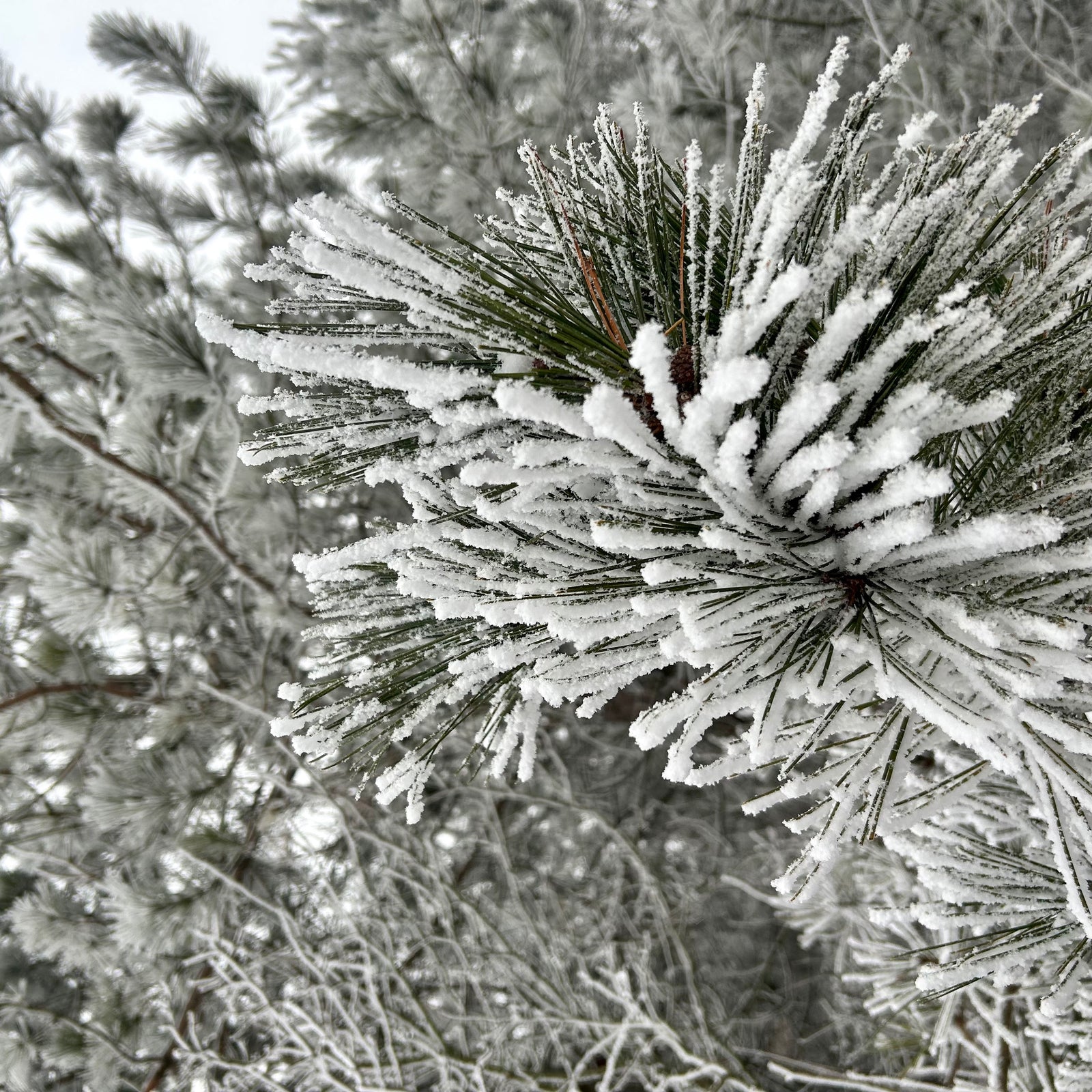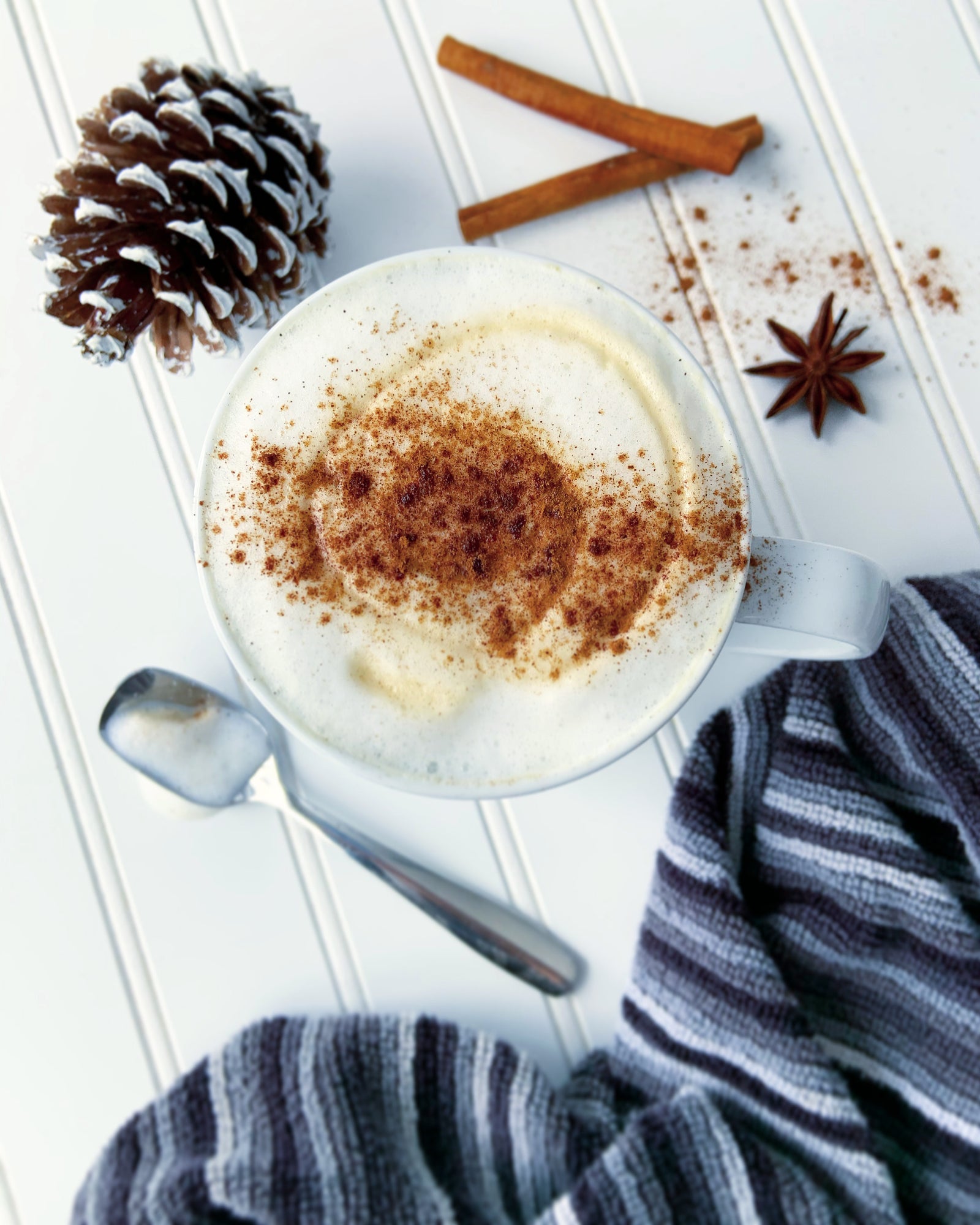When I say "E. coli", you say "Eekk!" But, there's one E. coli that's actually SUPER healthy!
Surprise! Not all E. coli are harmful - one strain, called E. coli Nissle 1917 is actually a probiotic (it elicits a health benefit in humans). Ready to geek out? Here's your guide to E. coli - truly fascinating family of bacteria. You will LOVE the tale of E. coli Nissle 1917: it starts in World War I, and ends with a surprising revelation about your gut.
What is E. coli Nissle 1917?
E. coli Nissle 1917 is a probiotic. (Shocking, I know!) Discovered in World War I, the story of E. coli Nissle 1917 is one of heroic efforts in the human gut by a misunderstood antagonist. Looks aren’t everything! One shouldn’t judge a book by its cover. Sure, it's called E. coli which makes most of us run with fear of having diarrhea, but this cool microbe is one of the most intensely investigated gram-negative bacterial strains! The surprising story of E. coli Nissle 1917 is a tale worth reading.
How was E. coli Nissle 1917 discovered?
This tale started over a century ago, during World War I. Physician and bacteriologist, Alfred Nissle, was in a region heavily contaminated by Shigella spp. (a genus of gram-negative bacteria which can cause dysentery). He noticed there was a soldier, who in contrast to his comrades, did not develop diarrhea or intestinal disease. An avid researcher of bacteria, he took a closer investigation of the feces (yes, the poop) of the soldier. Dr. Nissle isolated an E. coli strain that showed strong antagonistic activity against pathogenic bacteria (Yes, an E. coli was helping, a bacterium commonly associated with food recalls and digestive illness). This heroic strain of E. coli was named after Dr. Nissle, becoming E. coli Nissle 1917. Over a century of research, including more modern randomized clinical trials validate Dr. Nissle’s concept that applying E. coli Nissle 1917 could prevent or treat diarrhea (Of note, this strain was given the commercial name Mutaflor). Yet, how though can one strain of a bacterial species be helpful, when its close relatives cause great illness?
What is E. coli?
E. coli are a large and diverse group of bacteria. While some family members can make you very sick, most strains of E. coli are harmless. Yet, it’s the villainous strains that attract all of the attention. Strains of E. coli that cause disease, called pathogenic E. coli, produce a toxin called Shiga, and are responsible for 265,000 infections per year, according to the Center for Disease Control - the most common virulent being E. coli 0157. Usually, pathogenic E. coli enter your body from contaminated foods and liquids (these bacteria live in the intestines of many animals). Once in the gut, researchers have observed in laboratory studies, the villainous E. coli 0157:H7 can damage the lining of the gut within hours! Yet, what’s truly fascinating about this particular genus of microbes is while one strain of bacteria in this family can destroy the gut lining, its brother, E. coli Nissle 1917 does not. In fact, researchers have observed that when E. coli Nissle 1917 is present in the gut, the lining was not harmed, but arguably healthier. How is this possible when these bacteria are so similar?
Why is E. coli Nissle 1917 a probiotic?
This normal functioning resident of our lower intestine loves being a part of the human microbiome. It elicits health benefits in it's host, so by definition, E. coli Nissle 1917 is a probiotic! When you hear what it does, you’ll love it!
Unlike its pathogenic brother who produces toxins, E. coli Nissle 1917 does not. As such, E. coli Nissle 1917 is not harmful to the human intestinal tract. It’s like the good twin in the family: it’s one awesome antagonist! By definition, an antagonist is something that is hostile or inhibits another. What E. coli Nissle 1917 inhibits is the growth of pathogenic microbes, such as Salmonella. E. coli Nissle 1917 is a true hero to the intestines!
What does E. coli Nissle 1917 look like?
To the average person, these two strains of E. coli look very similar - you might even described them as looking like brothers. No, there are no sharp horns or fangs on an E. coli microbe despite how media portrays this family of bacteria as villainous.
E. coli Nissle 1917 is a rod-shaped bacteria - it’s almost cute! Like others in the E. coli family, E. coli Nissle 1917 has tail(s) - called flagella - and a hairy-looking appearance (called fimbria). E. coli have things that look like hairs and tails, typical characteristics of pathogenic bacteria, which your body’s immune system uses to identify them as good or bad guys.
Yet, E. coli Nissle 1917 has what one could almost describe as a cloaking mechanism. E. coli Nissle 1917 has very unique lipopolysaccharides, that are different than its villainous cousins. These lipopolysaccharides give E. coli Nissle 1917 the appearance of a superhero. (Lipopolysaccharides could be thought of being like the costume a superhero or villain would wear, except in the word of microbes, lipopolysaccharides are found on a bacteria’s outer membrane).
Plus, this amazing costume that E. coli Nissle 1917 is wearing, these lipopolysaccharides, have a strong positive influence on the immune conditions in the intestinal tract. This good cousin of the E. coli family is dressed to impress! It can happily live in your gut, and offer health benefits.
Is E. coli Nissle 1917 good for you?
Yes, it’s good for you! Not only can E. coli Nissle 1917 help keep bad microbes at bay, it primes the intestinal tract to better defend itself. Here’s how:
- Having hairs makes it sticky, allowing coli Nissle 1917 to colonize, or stick around, in the biofilm that lines the intestinal tract.
- Its tail allows it to be mobile! Not only able to travel around the digestive system, coli Nissle 1917 can go deeper into the mucosal biofilms, and thus have different levels of access to the microbes and intestinal cells.
- Being able to penetrate the mucus in theory gives coli Nissle 1917 better access to the body’s cells, including mucus-producing and immune cells. Truly being the helpful brother in this tale, E. coli Nissle 1917 can get the body to produce a healthier, thicker mucus layer that separates the body’s epithelial cells from the microbiome film – like a barrier.
- Compared to its pathogenic brothers, coli Nissle 1917 encourages the cells that line the intestinal tract to stay locked tightly together, what scientists call stabilizing cell adhesion. This is important: creating a strong barrier prevents unwanted things from gaining access to the body or blood-stream, something popularly referred to as leaky gut.
- With the ability to wiggle its way into the mucus layer of the intestinal tract coli Nissle 1917 is thought to be close enough to send strong signals to the body’s host cells, sort of like kick-starting a defence mechanism. Its presence can also modulate the immune response, helping to reduce inflammation.
E. coli Nissle 1917 versus Salmonella
A unique skill of E. coli Nissle 1917 is keeping the bad microbes in the gut at bay. E. coli Nissle 1917 is a true antagonist of some of the most well-known bad guys of the gut, including Salmonella and other bad bacteria.
According to the Center for Disease Control, Salmonella is estimated to be the cause of 1.35 million illnesses, 26,500 hospitalizations, and 420 deaths in the United States each year.
Salmonella can cause illness that includes diarrhea, fever, and abdominal cramps, which develops usually 6 hours after infection, and can last up to a week. In the intestines, it takes beneficial bacteria time to return to normal levels, which can mean several months before bowel habits are relatively normal.
Then, enters this story’s favourite antagonist, E. coli Nissle 1917. It has an incredibly robust ability to grab and soak up any available iron around it. It can do it better than most other bacteria. E. coli Nissle 1917 holds onto the iron so other bacteria can’t get it. Bacteria need iron to grow – like how humans need air. When E. coli Nissle 1917 grabs a hold of the iron, its pathogenic brothers (and other bacteria, like Salmonella) can’t get it or fight over it. This aptitude to grab iron inhibits the ability of bad microbes to grow and thrive. E. coli Nissle 1917 is truly a "winner" you're glad to have in your gut.
Strain Specificity: Why is one strain different than another?
With the news commonly reporting cases of illness and recalls of foods contaminated with E. coli, it’s easy for anyone to misunderstand this family of bacteria. However, after reading the tale of E. coli Nissle 1917, it’s clear that amongst the E. coli family members, not all strains of E. coli are bad. This tale brings up an important fact about our microbial world - each microbial strain needs to be respected for its unique properties. There is something scientists call strain specificity: where a strain is isolated from and who produces it can mean it is a completely different thing than another strain. Keep these microbial facts in mind as you explore more Monthly Microbes, brought to you by the International Probiotic Association, a non-profit organization for the safe and efficacious use of probiotics, recognized as the “Global Voice of Probiotics®,” and trusted leaders in probiotic research throughout the world.
Want to read more Monthly Microbes?
Meet the most famous probiotic of all, Lactobacillus acidophilus, the ultimate party guest, Bifidobacterium longum, and the best microbial travel-buddy Saccharomyces boulardii.
Brought to you in partnership with the International Probiotics Association.
References
Escherichia coli strain Nissle 1917 – from bench to bedside and back: history of a special Escherichia coli strain with probiotic properties. FEMS Microbiology Letters 2016 Oct; 363(19):fnw212.
Insights from 100 years of research with probiotic E. coli. Eur J Microbiol Immunol (Bp). 2016 Sep 26; 6(3): 147-161.
Probiotic bacteria reduce Salmonella Typhimurium intestinal colonization by competing for iron. Cell Host and Microbe 2013 July;14(1):3-4.
Also in Blog

Why Can't I Sleep: Your Guide Better Sleep

Secret to Sustainable Weight Loss: Guide to Keeping Your Healthy Resolution



